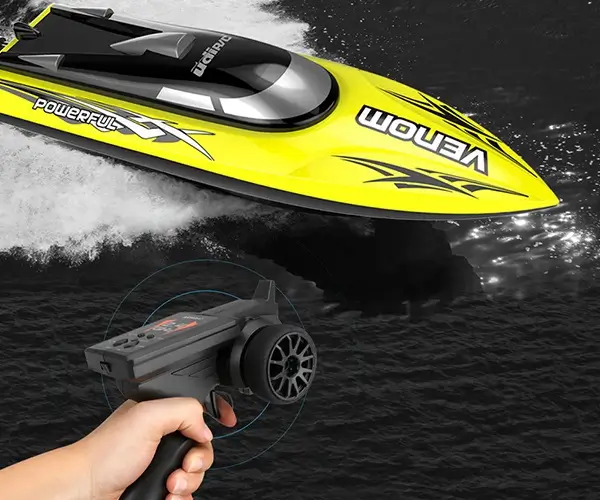Imagine a world where your ideas can leap off the page and into reality—where a simple push-button or sensor can make a robotic arm reach out, a door open, or a camera pan smoothly. With the combination of Arduino Uno and servo motors, that world is not only possible but remarkably easy to bring to life. Whether you’re a student, hobbyist, or seasoned tinkerer, understanding how these components work together offers a gateway to innovative projects that blend electronics, programming, and creativity.

What is an Arduino Uno?
Let's start with the basics. The Arduino Uno is a cornerstone in the world of microcontrollers—compact, affordable, and incredibly versatile. It's a small circuit board powered by an ATmega328P microcontroller, capable of reading input signals from sensors or switches and controlling outputs such as LEDs, motors, or displays.
Its user-friendly environment and extensive support community make it especially appealing for beginners. With just a few lines of code, you can control hardware components with precision, opening the door to endless projects.
Understanding Servo Motors
On the other hand, servo motors are specialized motors designed for precise control of angular position. Unlike standard DC motors, which spin freely when powered, servo motors have built-in feedback mechanisms and control circuitry to position the motor shaft to a specific angle, often within a 0 to 180-degree range.
This precision makes servo motors ideal for robotic arms, pan-tilt mechanisms, remote-controlled cars, or any project where controlled movement is essential. They are compact, reliable, and relatively inexpensive, making them the perfect companion for Arduino projects.
Why Combine Arduino Uno and Servo Motors?
When paired, Arduino Uno and servo motors create a simple yet powerful system that can automatically move, adjust, and respond to environmental input. Think of a robotic arm that picks and places objects, or a camera that smoothly pans to follow motion—all possible through this duo.
The synergy from combining these components lies in their simplicity. The Arduino controls the servo via PWM (Pulse Width Modulation) signals, which dictate the precise position of the motor shaft. This setup is both accessible to beginners and powerful enough for complex applications.
Setting Up Your First Arduino Servo Project
Getting started is straightforward. First, you'll need your Arduino Uno, a servo motor, some jumper wires, and possibly a breadboard to facilitate connections. Then, you'll upload a simple sketch (the Arduino coding language) to the board to make the servo motor move.
Here's an initial example:
#include Servo myServo; void setup() { myServo.attach(9); // Attach servo to digital pin 9 } void loop() { myServo.write(0); // Go to 0 degrees delay(1000); // Wait 1 second myServo.write(90); // Move to 90 degrees delay(1000); // Wait 1 second myServo.write(180); // Move to 180 degrees delay(1000); // Wait 1 second }
This simple code makes a servo move back and forth between positions—a perfect way to test your setup and see immediate results.
Exploring Practical Applications
The beauty of Arduino Uno and servo motors lies in their flexibility. You could create a solar tracker that aligns a panel with the sun, a remote-controlled robotic arm, or an automated greenhouse vent. The key? Understanding the basic principles, then expanding your project with sensors, multiple servos, and even wireless control.
Challenges and Tips for Beginners
For newcomers, some challenges might include power management—servos draw current, so powering multiple units from the Arduino’s 5V pin isn't advisable. Using an external power supply geared for servos is often necessary.
Also, calibration is important. Servos sometimes need fine-tuning to reach exact positions, especially when precision is critical in your project. Using delay functions is simple but can be limiting; incorporating sensors and encoder feedback can lead to more sophisticated control.
Conclusion of Part 1
Embarking on your Arduino Uno and servo motor journey is like unlocking a treasure chest of creative possibilities. The foundation is simple but powerful—control any object with precise angular movement in response to input signals. In the next part, we'll delve into real-world project ideas, troubleshoot common issues, and explore advanced techniques to take your projects from basic to brilliant.
Kpower has delivered professional drive system solutions to over 500 enterprise clients globally with products covering various fields such as Smart Home Systems, Automatic Electronics, Robotics, Precision Agriculture, Drones, and Industrial Automation.




































